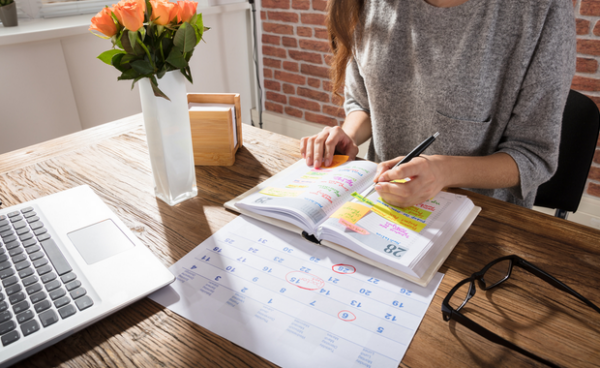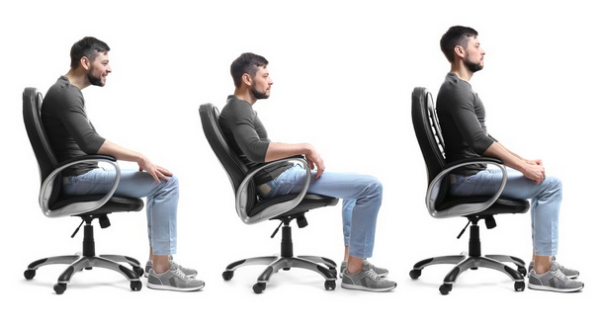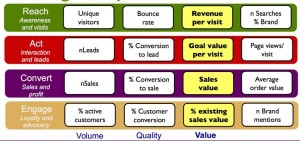According to Stanford Research, over 42% of the US workforce are working from home in some capacity since the covid-19 outbreak. While this is much safer for employees, there are roadblocks that companies and their workers are encountering. Working from home in general produces more distractions than working from the office. Those distractions can have a negative impact on productivity.
Here are some expert-approved tips on how to be more productive while working from home, courtesy of Google’s productivity expert Laura Mae Martin, co-CEO of Collage.com Joe Golden, and senior editor of ErgonomicTrends.com, George Chiang.
Plan your Day The Night Before

Licensed from shuttershock
Mapping out your day is important so you can see what you need to accomplish and by when. Choose what tool works best for you; it could be a to-do list format, a calendar broken down by hour, or even a spreadsheet. You decide what works best for your brain. No matter how you do it, writing it down makes it visible, which helps in holding you accountable. It also helps you mentally prepare for the next day before falling asleep.
Laura Mae Martin helped Google employees map out a spreadsheet that includes breaks, workload, rest times, and anything else. It covered what they needed to get done each hour they were working in their homes.
Embrace The Flexibility That WFH Brings
Working from your home means you are not beholden to a timeclock or the same schedule you once held at the office. You can set your work schedule to a rhythm that is the most productive for you. Some people are night owls and have always struggled with early morning shifts and commutes. Working from home allows them to work on a timeframe better for their bodies.
“It’s finding what your natural flow is and going with that and using this time to do that,” Laura Mae says.
Develop A Spot In Your Home Than Will Be Your Designated Workspace
If you can, convert a place into your home as your workspace. If that isn’t an option, at least make it a point to work in the same spot every day. Your brain will then begin to make the connection that when you come into this place each day, that means it’s time for work. If you switch spots every day, your brain will struggle to make the connection that it’s work time. Laura Mae says:
“Try to find some place in your house that you never work, because that creates that mental safety and distance. As much as you can, still try to create those boundaries for your brain—that will both help you relax, and it’ll help focus when you are in that space.”
Establish A Morning Routine And Stick to It
Just because you are working from home doesn’t mean all previous routines are thrown out the window. Joe Golden at Collage.com says whatever morning habits you had before working from home, keep them. That means if you woke up and went for a run or read the news while drinking coffee before checking your email, keep doing that. Making any change to that previous routine could throw you off and cause you to be less productive.
The jury is out on if a person still needs to dress when working from home. Some workers find they can still get their jobs done in their pajamas. Others don’t feel like they can focus on work if they aren’t showered and dressed. Find what option works best for you.
Create a social channel or some way to continue interacting with your co-workers
Isolation can be the hardest part of working from home, especially if you started in an office environment. Make sure you still find ways to interact with your co-workers, even though you all aren’t in the office.
Take advantage of tools such as Zoom, Google Hangouts, or other meeting tools to still joke and have fun like you would if you were all in the same physical space.
Mind your Posture

Licensed from shuttershock
When you’re working from home, the temptation to lie down on the couch or even in the bed to work is ever present. However, according to ergonomist George Chiang, that is a huge “no no” for both your productivity and health.
“Slouching or slumping may feel comfortable for a while, though such a position exerts tremendous pressure on everything from your neck, chest, to lower back. It’s a recipe for back pain over time”, says George.
According to the ergonomist, always mind your posture when sitting, and divide your working time between sitting, standing, and taking short breaks hourly if possible.
“An easy to remember and good rule to follow is the 20-8-2 rule. When working, sit for 20 minutes, stand for 8, and walk around for 2 minutes” explains George.
Conclusion
Working from home is part of “the new normal” many people are living in. For some, this hampers their ability to work to their fullest potential. But with the right preparation, this won’t be an issue. Follow these tips to have a positive experience during this work from home period.
Business & Finance Articles on Business 2 Community
(25)







